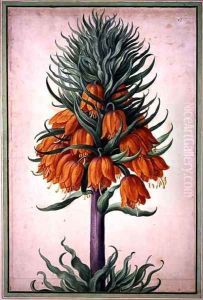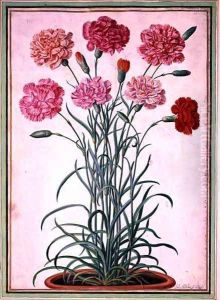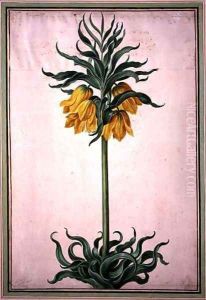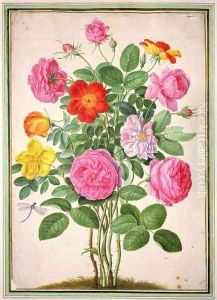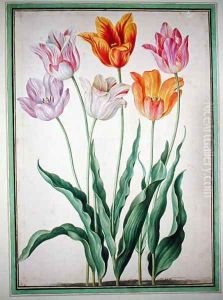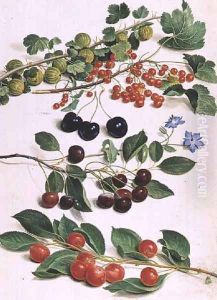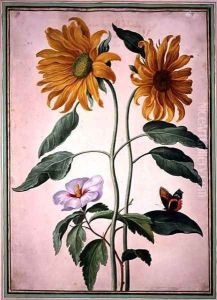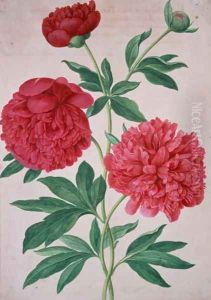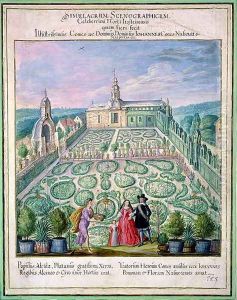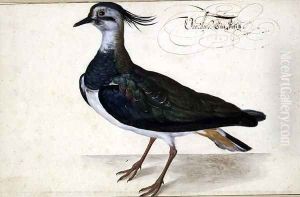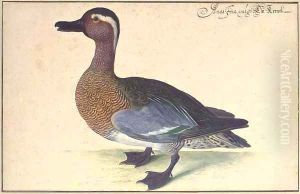Johann Jakob Walther Paintings
Johann Jakob Walther was a German violinist and composer, primarily known for his contributions to the development of violin technique and repertoire during the late 17th century. Born in 1650 in Witterda, near Erfurt, Germany, Walther's musical talents were recognized early on, leading him to pursue a career in music that would see him traveling across Europe and becoming one of the most respected violinists of his time.
Walther's career took him to various courts across Germany and Italy, where he absorbed the musical styles and techniques that would greatly influence his compositions. In 1674, he settled in Mainz, serving as a musician in the court of Johann Philipp von Schönborn, Archbishop-Elector of Mainz. It was during this period that Walther composed and published his most significant works, including 'Scherzi da Violino solo con il basso continuo,' which was published in 1676. This collection of pieces was groundbreaking in its technical demands and expressive range, showcasing Walther's mastery of the violin and his innovative approach to composition.
Walther's music is characterized by its virtuosic passages, intricate polyphony, and the incorporation of elements from Italian and French musical styles, reflecting the cosmopolitan nature of European music during the Baroque period. His works for solo violin are particularly notable for their exploration of the instrument's capabilities, blending technical prowess with expressive depth.
In addition to his contributions as a composer and performer, Walther's interactions with other musicians and composers of the time, including Heinrich Ignaz Franz Biber and Johann Sebastian Bach, played a significant role in the exchange of musical ideas across Europe. His influence extended beyond his lifetime, contributing to the development of violin technique and the enrichment of its repertoire.
Johann Jakob Walther passed away in 1717, leaving behind a legacy that has earned him a respected place in the history of Baroque music. His works continue to be studied and performed today, offering insights into the evolution of violin music and the broader musical landscape of the 17th century.
